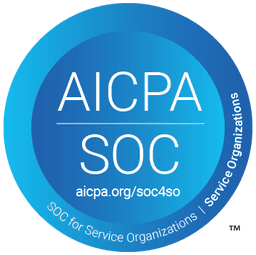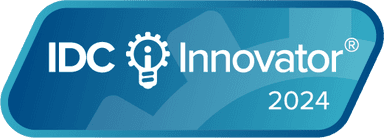Pricing TransformationAug 21, 2025
What core accounting system is right for your SaaS company? And when do you need to upgrade?
Learn when to upgrade your accounting system, what drives the transition, and how to avoid costly ERP mistakes.
Most startups begin with QuickBooks and then transition to NetSuite. The uniformity of the transition is surprising. Over half of SaaS companies with ARR below $5 million use QuickBooks, but by the time they reach $50 million in ARR, half have transitioned to NetSuite. And by $100 million in ARR, two-thirds use NetSuite.
This data was aggregated from two surveys. 1.) The SaaS CFO “SaaS Operations Tech Stack 2025 Report”, n=637. 2.) Mostly Metrics “Financial Tech Stack Report” March 2025, n=1,031,
Each package has advantages at different stages. QuickBooks is affordable and easy to use, and an ecosystem of skilled professionals and complementary software compensates for SaaS-specific deficiencies, such as revenue recognition. NetSuite has more capabilities and controls, which are essential for audits and IPOs, but it is more expensive and complex.
Three things drive SaaS companies to move beyond QuickBooks as they scale.
- International/multi-entity consolidation -- QuickBooks does not handle this well
- Complex pricing and billing -- like usage-based or hybrid models
- The need for an audit trail with assigned roles and privileges -- important as the finance team grows
Of these three factors, billing is usually the driver. Ben Murray, the SaaS CFO, explains:
“Invoicing complexity is a pivot point when SaaS companies look to move from Xero or QuickBooks to an ERP. As the SaaS company’s product line evolves and matures, it creates new pricing plans, revenue types, and invoicing cycles that require more robust subscription management technology.”
If a SaaS business has a simple pricing structure and primarily sells in one country, QuickBooks is a good fit, even for ARR above $25 million. Conversely, SaaS companies with hybrid pricing and geographically dispersed sales may need to transition to something more advanced before reaching $5 million in ARR.
Leigha Field, who consults PE-backed SaaS companies on financial systems, suggests a comprehensive review before an ERP switch:
“Document existing processes and output, determine priorities (faster close, data capture, etc.), document deficiencies, and then see what can be fixed with redesigned processes or third-party plug-ins.”
Basically, take a moment to understand precisely what you need, and then determine if you can fix it without implementing an entirely new ERP.
If you do need to upgrade your new ERP, Leigha suggests exploring your finance needs two or three years from now before entering the vendor selection process. Use this discovery process to engage the team and establish a vision before initiating conversations with vendors.
Transitioning too soon can be a huge mistake. I have seen two SaaS companies fail entirely in their transition to NetSuite, and two others mangle their financial reporting. If the data, processes, and team are weak, a complex software package will make things worse, not better.
Like QuickBooks, NetSuite’s dominant market share supports a variety of complementary solutions for SaaS businesses. For example, the company m3ter (a sponsor) assists NetSuite customers with complex billing, Bill.com helps with accounts payable, and Planful, Cube, and Mosaic support planning and analysis. There are dozens of these solutions designed to work well with NetSuite out of the box.
Another entry-level option for core accounting in SaaS is Xero, with a mid-teens market position in companies below $25 million in ARR. Sage is a scale-up option with a double-digit share in companies whose ARR is between $25 million and $500 million. Rillet should also be on your vendor outreach list. They are a relatively new entry with significant SaaS-specific functionality, similar to Sage.
All five companies are a safe bet; however, the market has two dominant players for a reason: secondary providers have fewer complementary software solution partners and fewer experienced finance candidates who are familiar with their system.
SaaS is hard enough, and forging new paths with your accounting software is not a fight worth having. Lean into the major players and approach any transition thoughtfully. Fix what you can on your own or with third-party solutions, and migrate to a new ERP only when the benefits are clear and there are resources to do it properly.
Struggling with complex SaaS billing?
QuickBooks and NetSuite can’t do it all. Contact us for more information on how m3ter helps SaaS companies manage usage-based and hybrid pricing with ease.
You might also like…
Subscribe to Counting Tokens
Actionable insights on AI revenue, billing, and finance.
Ready to upgrade your monetization stack?
See a demo, get answers to your questions, and learn our best practices.
Schedule a demo


